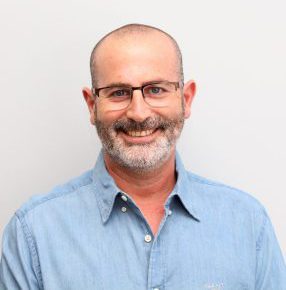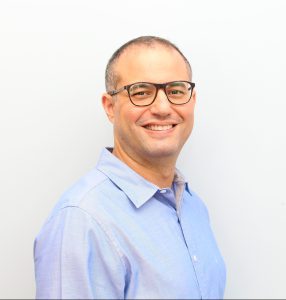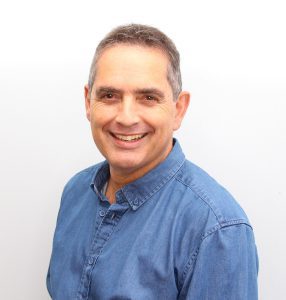The unit focuses on medicinal or surgical treatment of obstructed nasal breathing resulting from inflammatory diseases of the sinuses, such as chronic or recurring acute sinusitis, fungal sinusitis, septum deviation and auricular enlargement. The unit treatments cover sleep apnea, dental surgery complications, tear-duct obstruction, eye-orbital protrusion due to thyroid gland disease, sinus tumors, skull base tumors and method for stopping cerebrospinal fluid leaks.
Surgeries are performed without external incisions. If there is an indication, sinus catheterization (balloon sinuplasty) is considered. Where necessary, a team of specialists work together in the operating room, which may include an eye orbital surgery specialist, plastic surgeon, maxillofacial and oral surgeon or a neurosurgeon. In selected cases, in order to improve accuracy and safety, surgeries are assisted with use of a navigation guidance system.
The unit also collaborates with other disciplines:







 !URG.ENT הזמנת תור למוקד
!URG.ENT הזמנת תור למוקד







